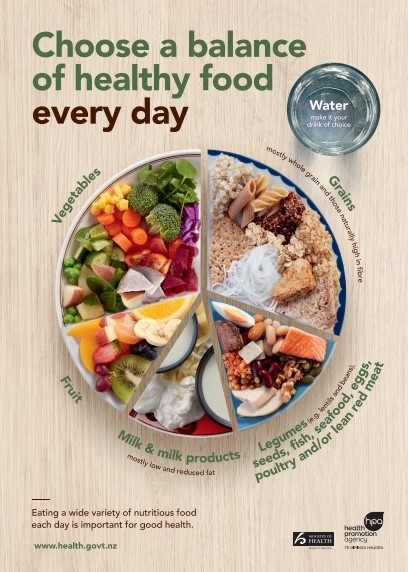The most widely accepted method to assess weight is body mass index (BMI). It determines whether your weight is putting you at risk and is based on your height and weight. The normal weight BMI range is 18.5 to 24.9. Having a BMI of less than 18.5 indicates that you may be underweight.
Whilst BMI is a useful measurement of weight for most, it is an estimate and is not able to separate between body fat and muscle mass. Active and muscular people may have a higher BMI without being “overweight”. There are also different “normal” ranges of BMI for people of different ethnicities, due to differences in the proportion of body fat.
Being mildly underweight (BMI of 18) doesn’t necessarily mean serious health problems, but people who are very thin may lack energy reserves, are prone to getting infections and feel the cold because they don’t have a layer of fat to keep them warm.
If you have lost weight without trying to, or don't know why, it's important to see a doctor to check for possible underlying issues. If you have been mildly underweight all of your life and both your parents are too, this is more likely to be ‘normal’ for you and less likely related to an underlying issue.
For most people, being underweight means poor nutrition – insufficient kilojoules eaten on a regular basis.








